Major Changes to Electrical Grid System Leaves Room for Future Solar and Wind Projects
Earlier this week, federal regulations introduced significant changes to the mapping and funding of the United States' electric grids. The aim is to stimulate the construction of thousands of miles of new power lines to support wind and solar energy. The Federal Energy Regulatory Commission established this rule to modernize and expand the country's outdated electricity network. Experts warn that the current lack of high-voltage power lines increases the risk of weather-related blackouts and hinders the transition to renewable energy sources like wind and solar.
Adobe Stock
The new rule, which has been in the works for two years, mandates grid operators nationwide to consider future needs up to 20 years ahead. Presently, the primary focus of the major three electric grids is on ensuring current electricity reliability for homes and businesses.
However, it may take years for the rule to make an impact, and it might face legal challenges from states concerned about higher costs. Despite energy companies proposing over 11,000 renewable resource projects, many may be delayed due to insufficient grid capacity. Currently, individual developers must pay for grid upgrades to support their projects, a slow and criticized process. Critics argue for a more strategic approach with shared costs among a broader range of energy providers and users.
This cost-sharing issue has sparked significant debate. States like Kentucky and West Virginia show less support for wind and solar projects, fearing they will bear costs for projects benefiting other states. To address these concerns, the federal commission has established guidelines to distribute costs fairly, allowing grid operators to create a formula for cost allocation before planning any power lines.
There is some precedent for this approach. The grid operator for 15 Midwest states, MISO, recently approved $10.3 billion in new power lines, driven by ambitious renewable energy goals in many states. MISO estimated these lines would yield up to $69 billion in total benefits, including lower fuel costs and fewer blackouts. The grid operator managed to share costs evenly among states, even those without renewable policies but that would still benefit from the upgrades.
The rule also requires utilities and grid operators to consider new technologies that, while potentially more expensive initially, could enhance grid efficiency and provide long-term benefits, such as advanced conductors capable of carrying twice as much current as traditional lines. Environmental groups and renewable energy companies have welcomed the new rules for their potential to combat climate change.
Over the past year, some people have warned that climate change efforts could falter if the nation’s grids are not upgraded. Coal and gas power plants significantly contribute to pollution and global warming. The 2022 Inflation Reduction Act allocated hundreds of billions of dollars to cleaner energy sources like wind and solar power. However, a recent analysis suggests that half of the climate benefits from that law could be lost if the U.S. cannot accelerate the construction of new transmission lines.
The new rule's effectiveness will depend on its implementation by grid operators. It impacts grid planning within 12 large regions across the country but does not mandate planning for transmission to connect these regions, which some experts consider a critical need. Additionally, the rule does not cover Texas' main grid, exempt from federal regulations as it does not cross state lines.
The rule also does not address the logistical and political challenges of building new long-distance power lines. Developers may face a decade or more of navigating multiple jurisdictions, obtaining permits from various federal and state agencies, and resolving lawsuits over environmental concerns or visual impacts.
The Biden administration recently finalized a program to give federal permitting time for transmission lines. However, further acceleration might require Congressional action, where consensus on new transmission policies remains elusive.
In a separate rule, the federal energy commission outlined specific scenarios where it might override state objections to a limited number of new power lines. This involves ten “national interest electric transmission corridors” identified by the Energy Department, where new lines would be particularly beneficial. If state regulators block or delay projects in these corridors, the federal commission could intervene to approve them.

